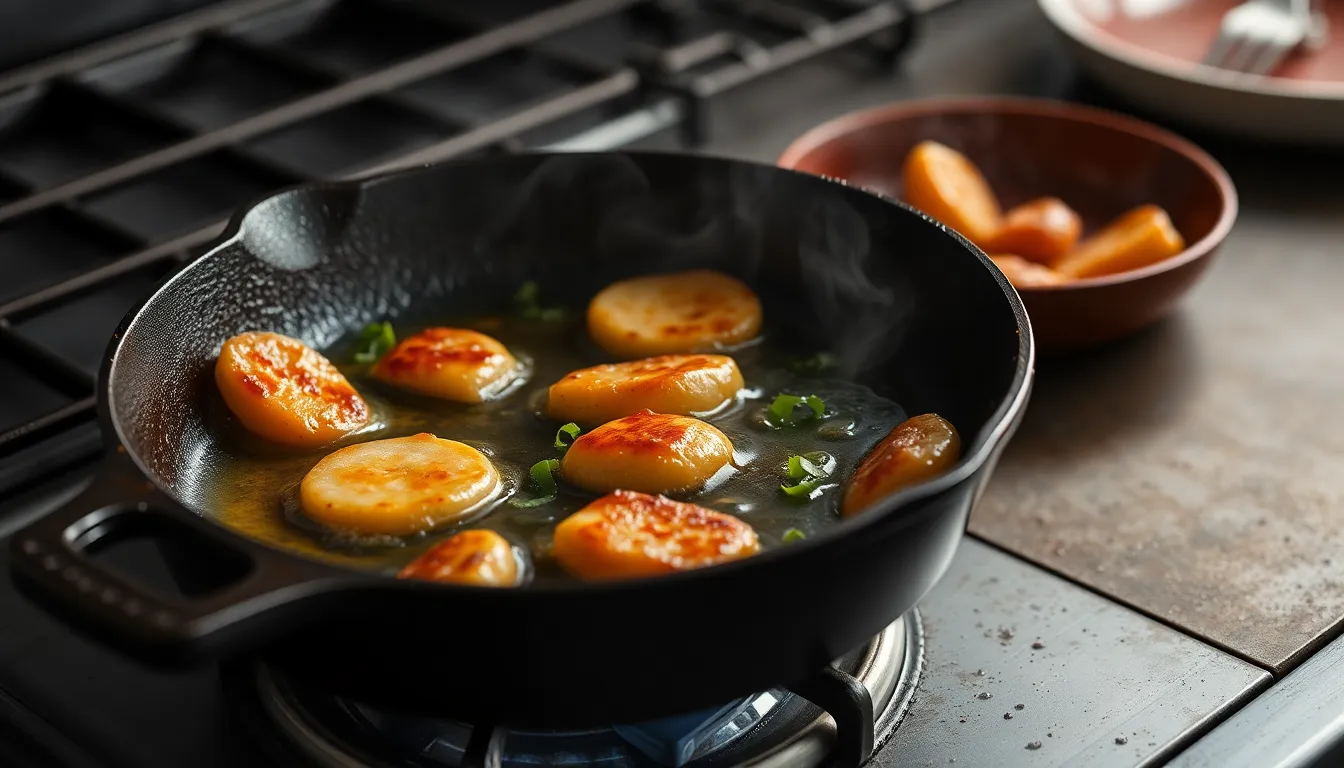Marinade Pairings: What Goes Well Together?
Introduction
Marinades play a crucial role in the world of culinary arts, acting as a bridge that enhances flavor and tenderness in various ingredients. Whether you’re cooking meats, vegetables, or tofu, the right marinade can transform a simple dish into a flavor-packed masterpiece. Marinades not only impart taste but also help in tenderizing proteins, making them more enjoyable and palatable.
The purpose of this article is to delve into the different marinade pairings and explore what goes well together. From classic combinations to regional inspirations, you’ll discover the art and science behind marinating your favorite foods.
Section 1: Understanding Marinades
1.1 What is a Marinade?
A marinade is a seasoned liquid solution used to enhance the flavor and texture of food before cooking. The primary components of a marinade include:
- Acid: Helps to tenderize and flavor the food.
- Oil: Adds moisture and richness.
- Seasonings: Infuses additional flavors through herbs and spices.
1.2 Types of Marinades
Marinades can be broadly categorized into two types:
- Wet Marinades: Liquid-based mixtures that thoroughly coat the food.
- Dry Marinades: Spice rubs that create a crust or coating on the surface of the food.
Section 2: Key Components of Marinades
2.1 Acids
Acids are vital in marinades as they help to break down the proteins, allowing flavors to penetrate better. Common acidic ingredients include:
- Vinegar: Balsamic, apple cider, red wine, etc.
- Citrus Juices: Lemon, lime, orange, etc.
- Yogurt: Adds creaminess and tenderizes meats.
2.2 Oils
The right oil not only adds flavor but also helps to carry the spices and herbs. Common oils used in marinades include:
- Olive Oil: Best for Mediterranean marinades.
- Sesame Oil: Great for Asian-inspired flavors.
- Avocado Oil: A neutral option that adds richness.
2.3 Seasonings and Herbs
Herbs and spices elevate your marinade by contributing unique flavors. Consider these popular choices:
- Herbs: Rosemary, thyme, cilantro, dill, and basil.
- Spices: Black pepper, cumin, paprika, and chili powder.
Section 3: Flavor Pairings
3.1 Classic Marinade Pairings
Here’s a list of classic marinade combinations for various proteins and vegetables:
| Protein/Vegetable | Acid | Oil | Herbs/Spices |
|---|---|---|---|
| Chicken | Lemon Juice | Olive Oil | Rosemary, Garlic |
| Beef | Balsamic Vinegar | Canola Oil | Thyme, Black Pepper |
| Tofu | Soy Sauce | Sesame Oil | Ginger, Scallions |
| Vegetables | Lime Juice | Avocado Oil | Cilantro, Cumin |
3.2 Regional Flavor Profiles
Marinades often draw inspiration from diverse cuisines. Here are a few examples:
- Mediterranean: Olive oil, lemon, garlic, and rosemary.
- Asian: Soy sauce, rice vinegar, ginger, and sesame oil.
- Latin American: Lime juice, garlic, cumin, and cilantro.
3.3 Experimenting with Unconventional Pairings
Don’t hesitate to venture into the unknown! Unique and unexpected marinade combinations can yield delightful surprises. Here are a few suggestions:
- Pineapple Juice: Pairs well with soy sauce for a sweet and savory twist.
- Beer: Use as a base for marinades for beef or chicken to add depth and complexity.
- Coconut Milk: Combine with lime juice and curry powder for a tropical infusion.
Section 4: Tips for Marinading
4.1 Timing and Techniques
The timing for marinating varies based on the type of protein:
- Chicken: 30 minutes to 2 hours.
- Beef: 1 to 12 hours.
- Pork: 1 to 8 hours.
- Vegetables: 15 minutes to 1 hour.
- Tofu: 30 minutes to 2 hours.
4.2 Safety Tips
Food safety is paramount when marinating. Keep the following tips in mind:
- Cross-contamination: Always use separate utensils for raw and cooked foods.
- Refrigeration: Marinate in the fridge to prevent bacterial growth.
- Time Limitation: Avoid marinating for too long, especially with acidic marinades, to prevent food from becoming mushy.
Conclusion
Marinades are a fantastic way to elevate your dishes, adding depth and complexity to your meals. By understanding the components of marinades and exploring various pairing options, you can create flavor profiles that excite the palate. From classic combinations to adventurous mixes, remember to enjoy the process of experimenting in the kitchen. Happy cooking!




